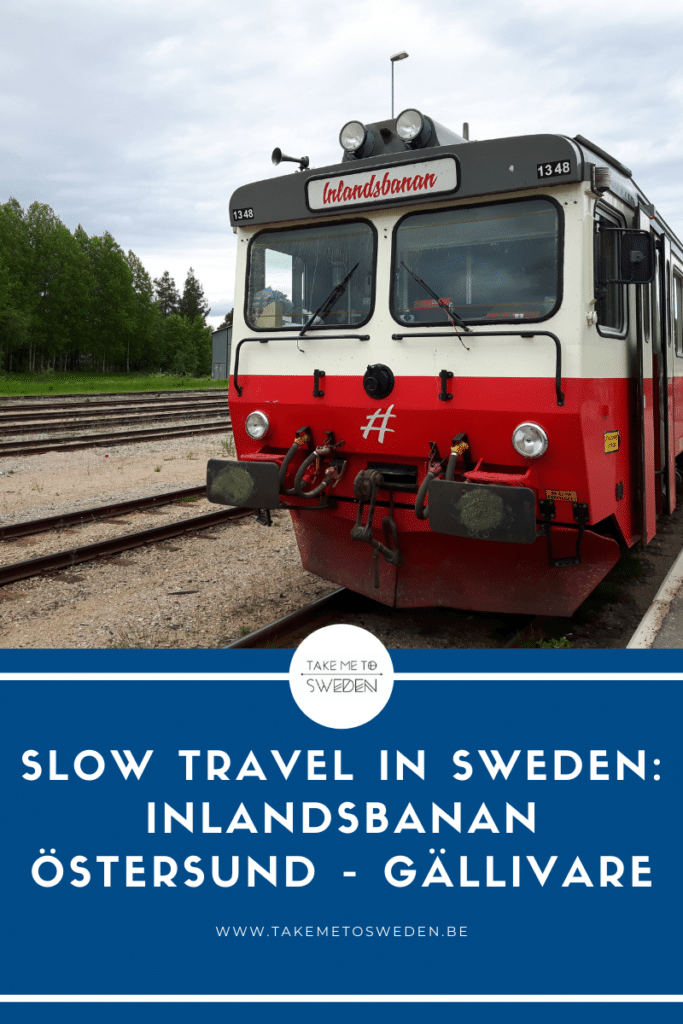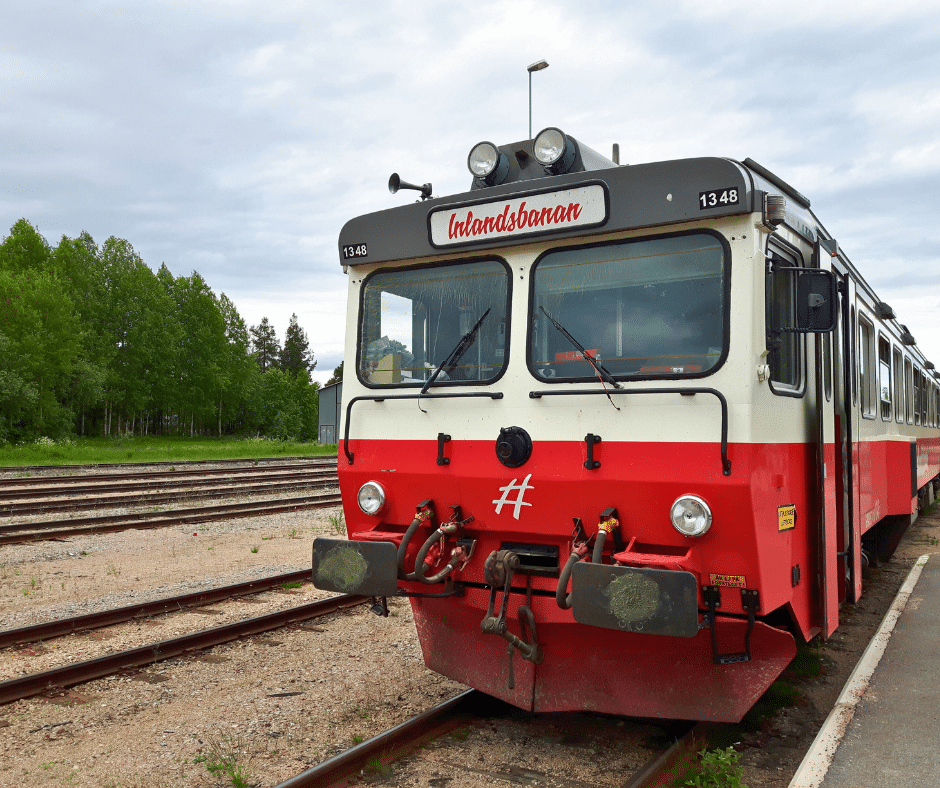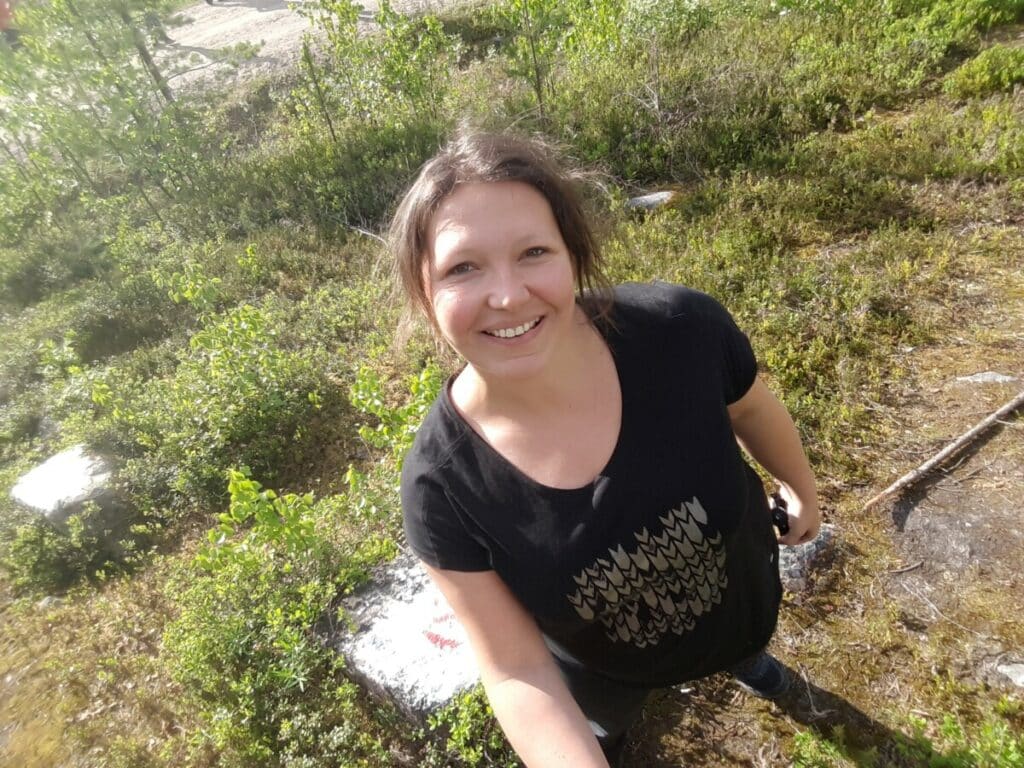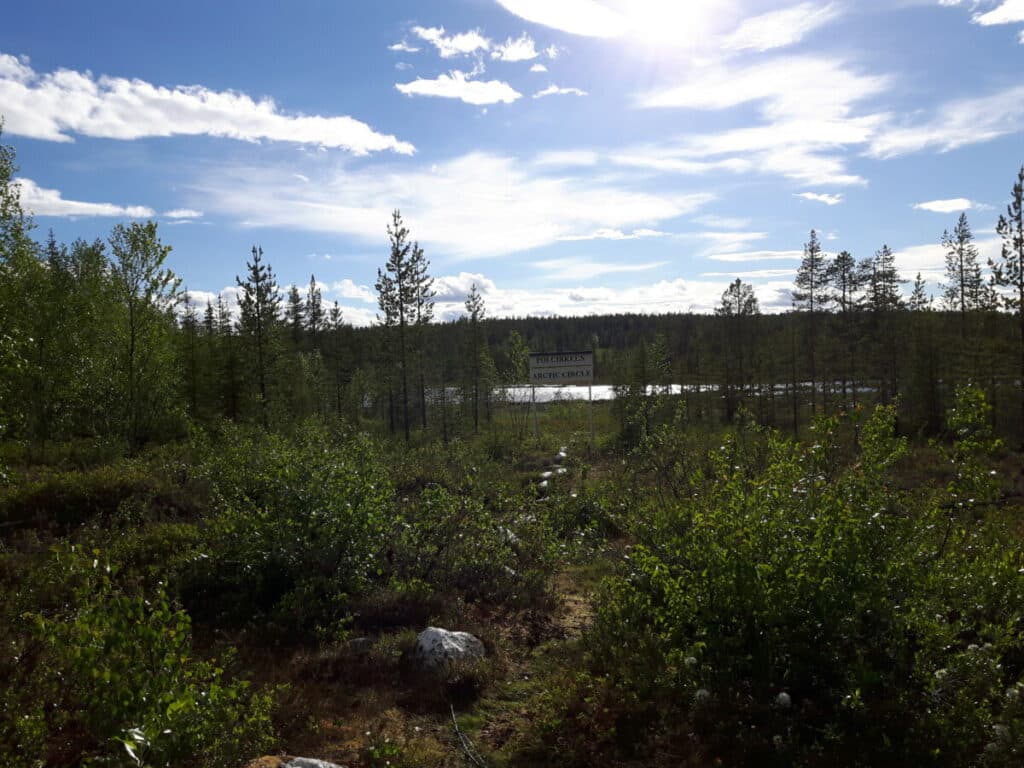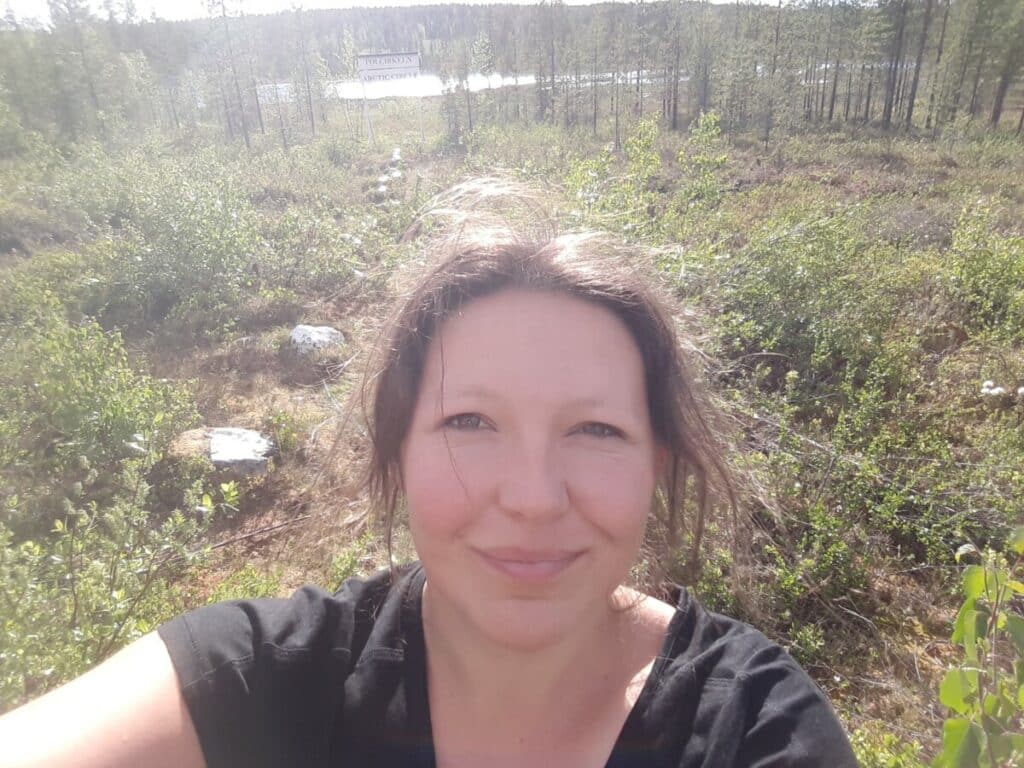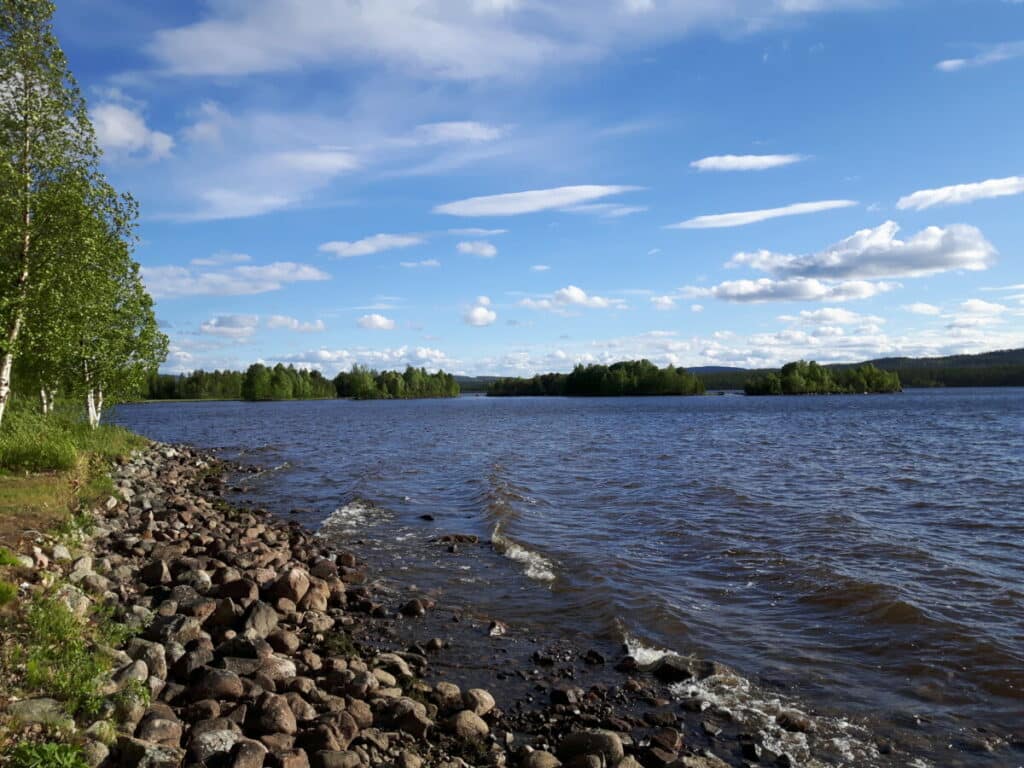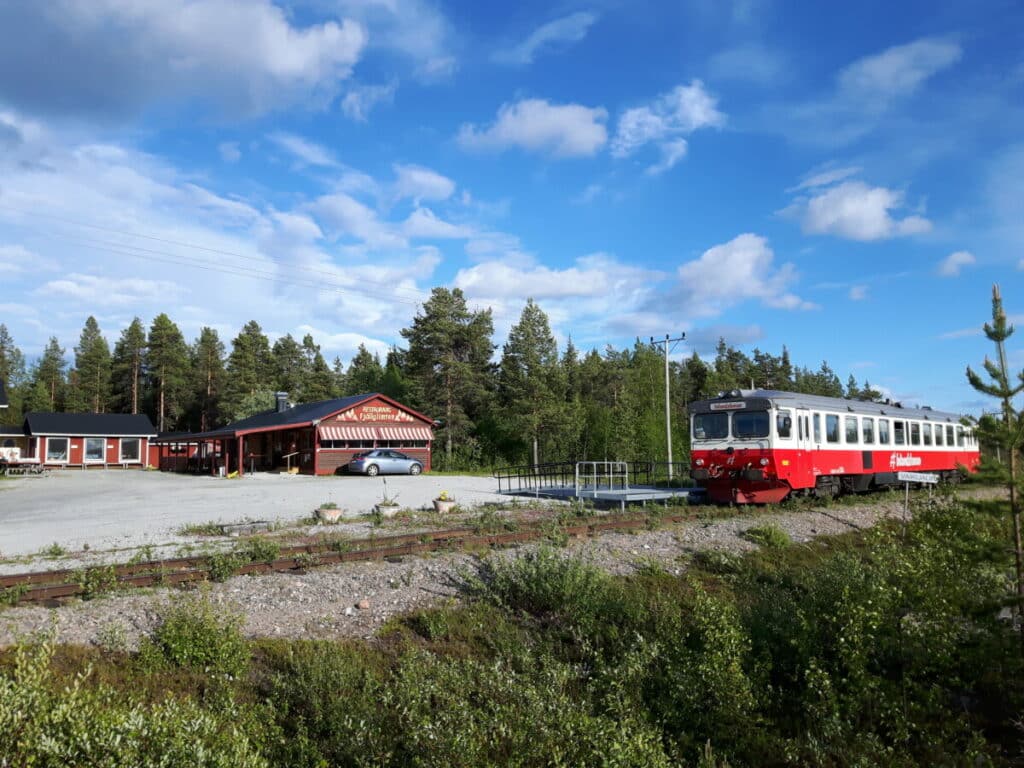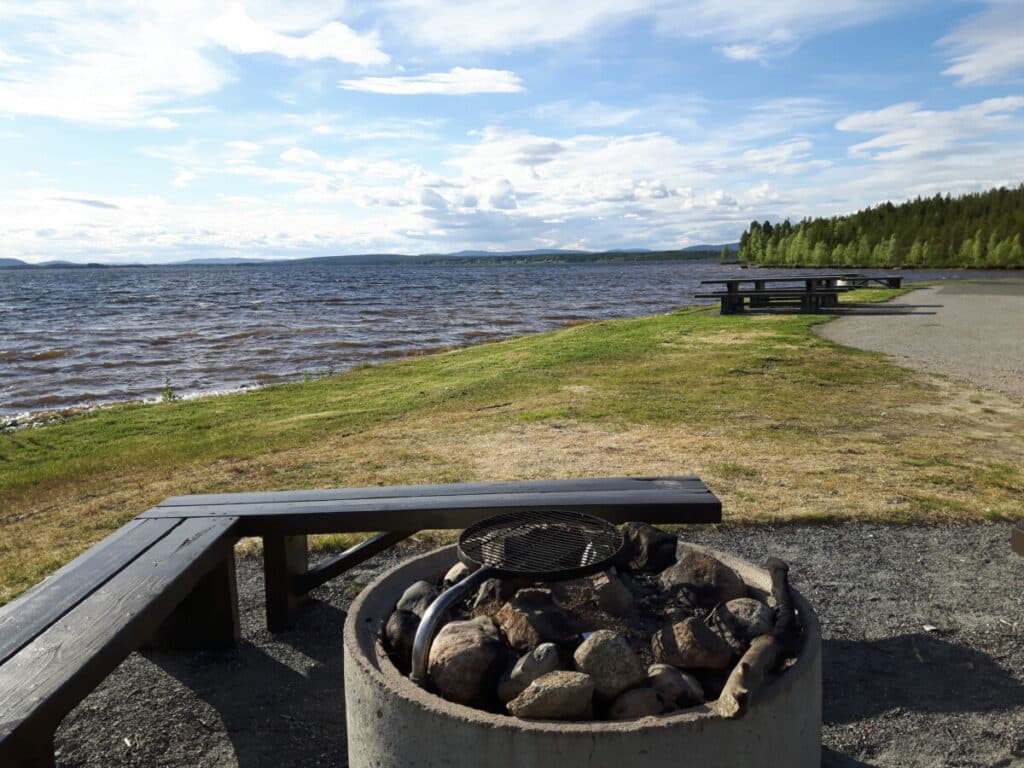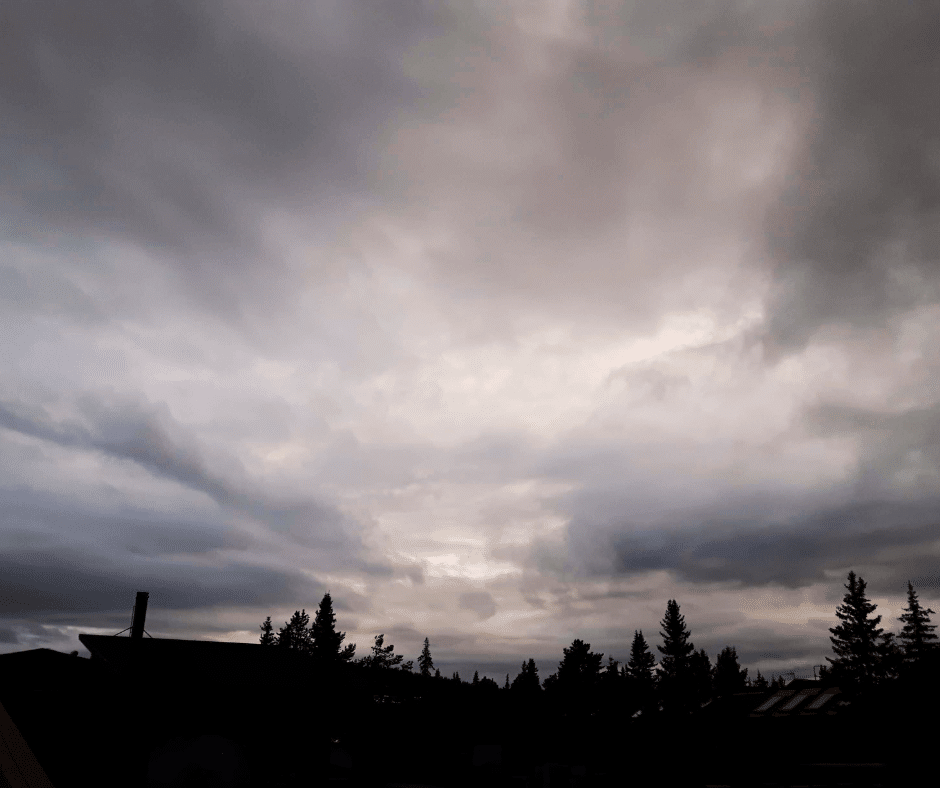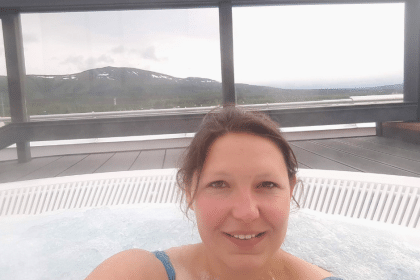After an invigorating overnight stay in Clarion Grand Östersund I was ready to continue my trip on the red train. You can read the first part from Mora to Östersund here. Inlandsbanan would take me from Östersund (Jämtland) to Gällivare (Lapland) in the north.
The Inlandsbanan only runs from mid-June to the end of August. There is also a (limited) timetable in the winter period. There are several stops along the way. Sometimes the train stopped for fika, to have something to eat, to visit a museum,… and then I drove on again. Other times I chose to dismount and spend the night wild camping and continue traveling by train the next day. The train journey with Inlandsbanan between Östersund and Gällivare is slow travel at its best.
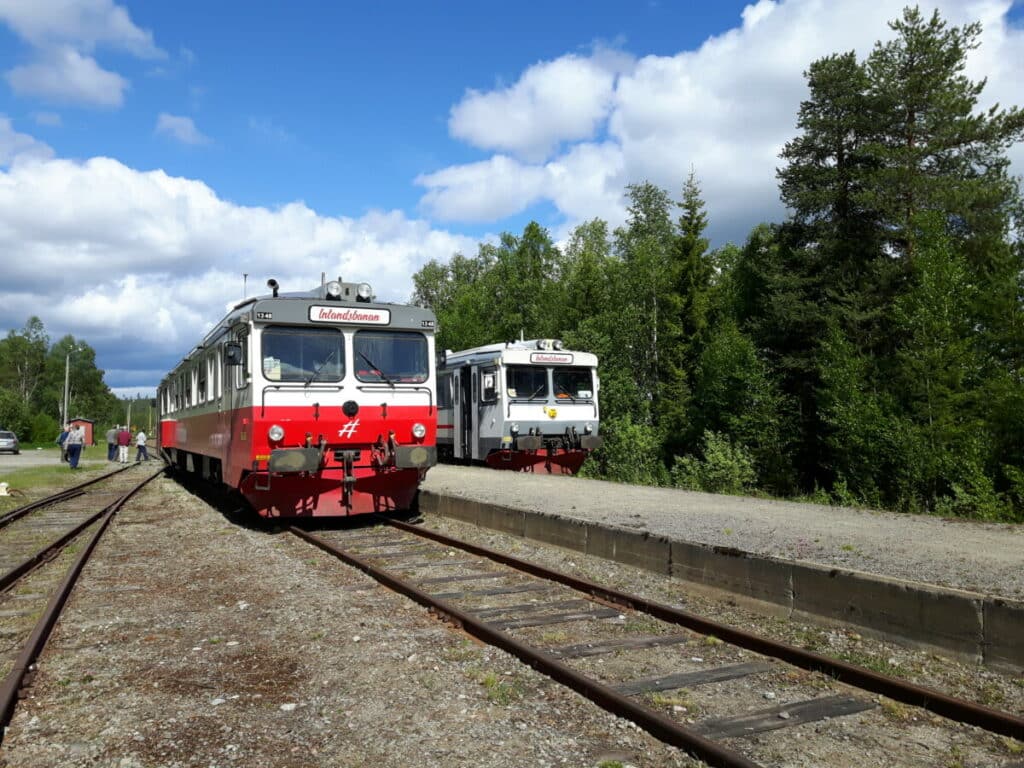
The red train of Inlandsbanan is really photogenic in the green forest landscape in Sweden. For hours on end you can see the landscape passing by through your window. Yet it never gets boring. We saw reindeer, unique birds, works of art, waterfalls, impressive bridges,…
When leaving Östersund it was immediately apparent that there were more people on the train. Half the carriage was occupied by a group of Great Rail Journeys. I also saw some familiar faces from the day before.
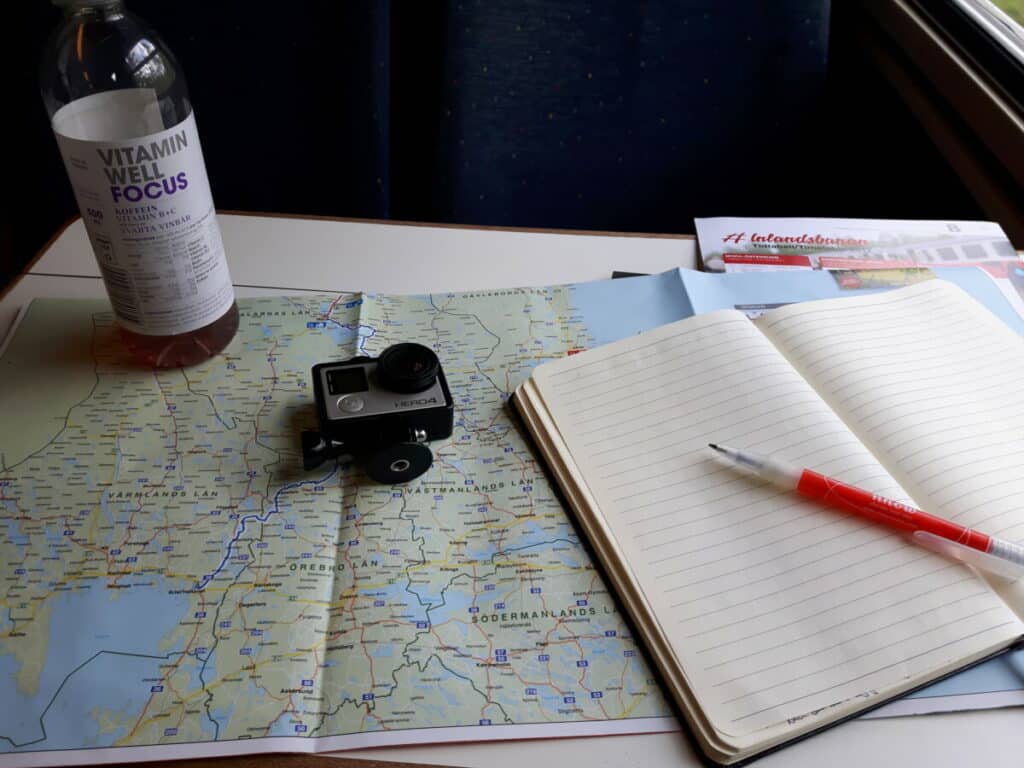
The workmen of Inlandsbanan
Inlandsbanan’s train track between Kristinehamn – Mora – Östersund and Gällivare was mainly intended for freight traffic. The route is 1300 km long and is almost completely laid by hand. The wooden beam under the train tracks weighs about 70 to 100 kg! In 1936 the Inlandsbanan was complete and a year later the train track was put into use. During the Second World War, about 12,000 soldiers passed through the Inlandsbanan every week. Sweden received a lot of criticism for this.
It was a hard life for the workers. They had to work 12 hours each day. It was also no healthy work due to the use of chemicals. Moreover, they had to pay for wear and tear on their tools themselves! The working material was weighed in the morning and in the evening. Due to wear and tear, it often weighed less in the evening and the workmen had to pay for that difference in weight themselves.
Such a hard life led to a high alcohol consumption which in turn led to many fights. Local residents were therefore not very pleased with the construction of the Inlandsbanan. The government tried to intervene and ban drinking during working hours, but this resulted in protest from the workers. In the end they were allowed to keep their liqueur.
Vilhelmina
Forests and lakes alternate, for miles. The further north we go, the more lakes we pass. As I stare out the window, I wonder what it looks like here in the winter. A fellow passenger puts it this way: it is a pleasure to look around here. I can only agree with her.
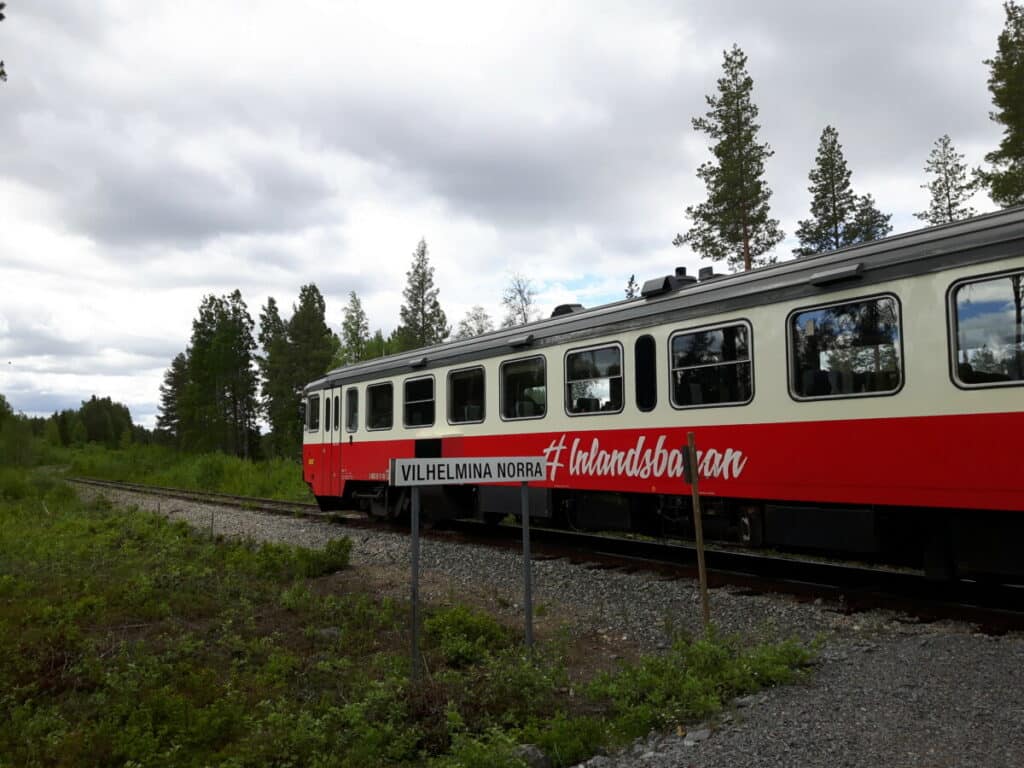
Vilhelmina Norra is one of the stops of the train. Only a few 1000 inhabitants live in the village of Vilhelmina. There is plenty to do in the immediate vicinity. Something that the many tourists in the summer months can certainly appreciate. Yet at no point does it feel touristy. You can easily find a spot for wild camping without meeting other people all day long.
M. Bergmans Fisk
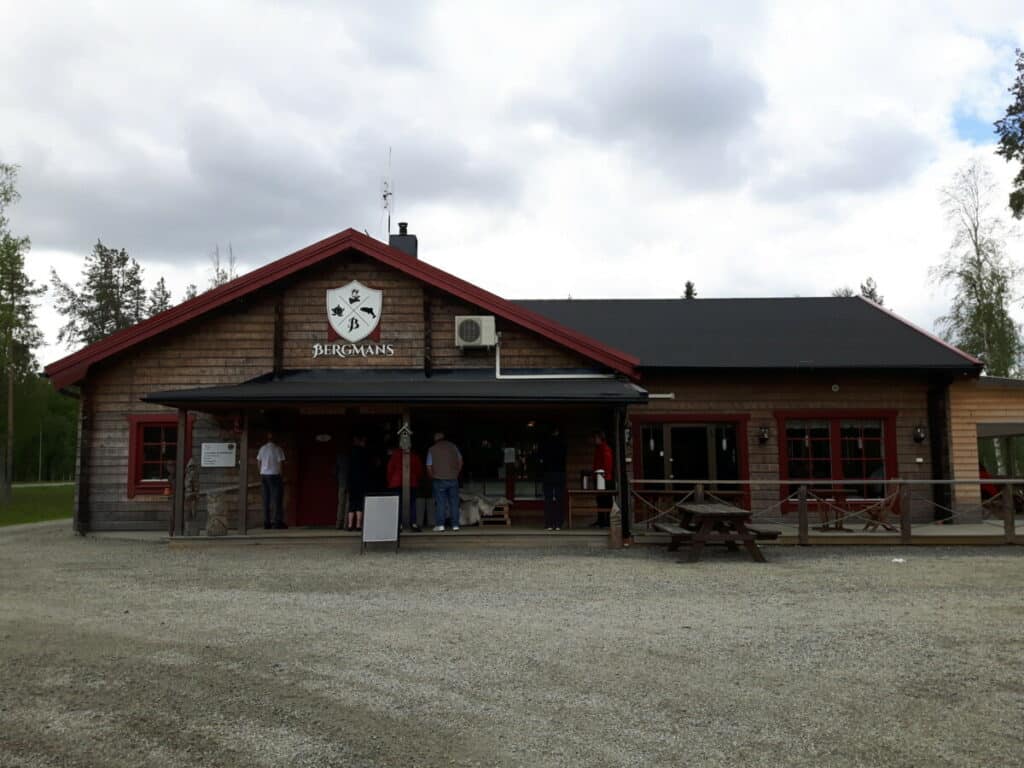
One of Vilhelmina’s must-see addresses is right next to the Vilhelmina Norra train station. The Bergmans restaurant is not just a restaurant. In addition to the restaurant, it is also a fish smokehouse and there is also a shop where you can buy the dishes and ingredients. The chef has already won a prestigious competition for artisanal dishes multiple times. So be sure to try the hot smoked salmon (varmrökt pepparlax).
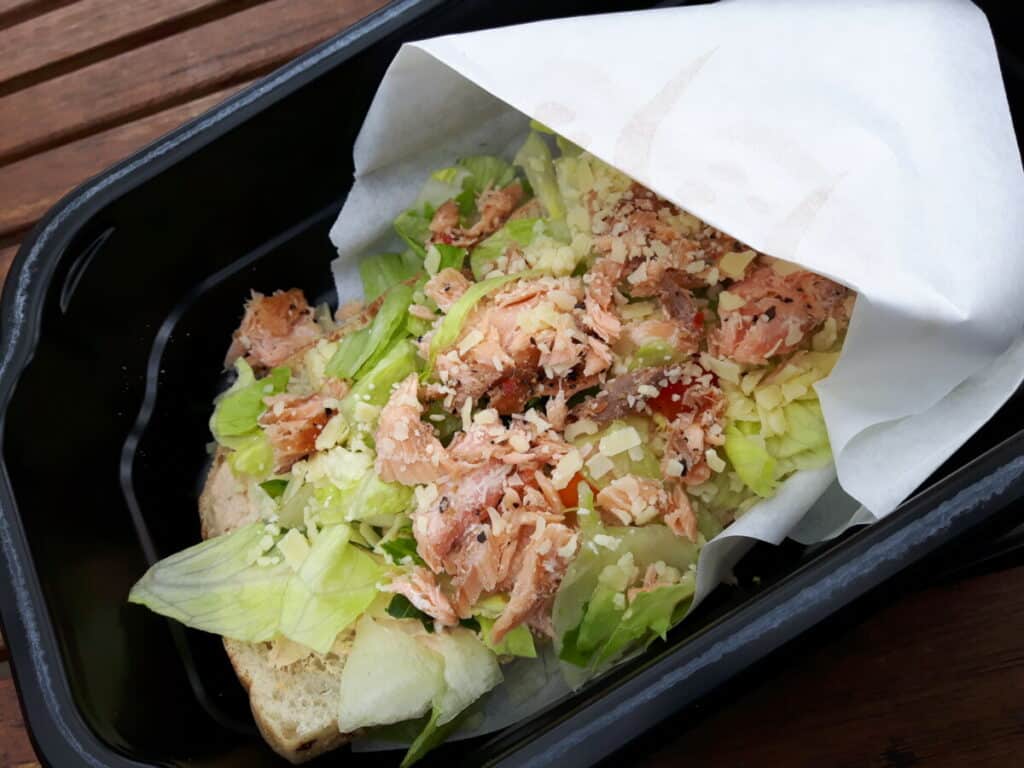
Not only train passengers stop here. This is also a great place for a break for those who travel by bike or car. Some picnic benches have been set up, there is a grill area and for children there’s a playground and small farm animals that have their residence there.
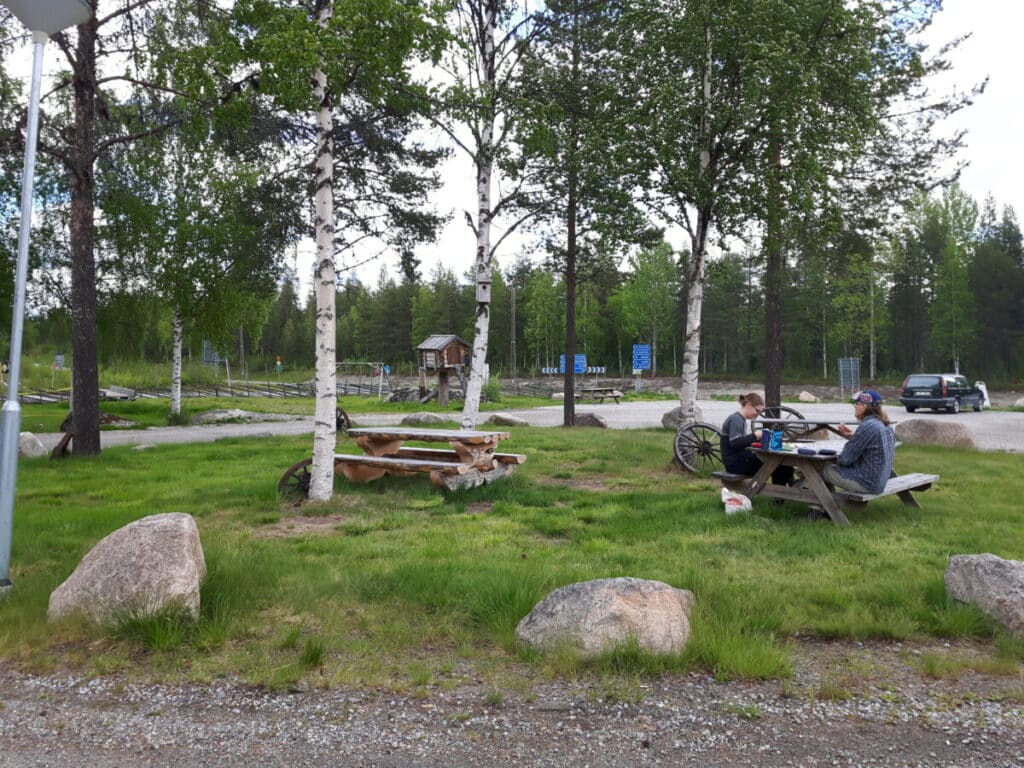
Ulrikfors, Sweden’s first ‘hotel’
Another village along the railway is Ulrikfors. Here is an old prison where the lighter criminals (driving, theft,…) were sent to. It was not a closed prison. The prisoners worked in the local carpenter’s shop or in the forest. They were given the opportunity to receive an education, together with other citizens. Their wives and girlfriends could visit and rent a house. That is why they sometimes say that Sweden’s first hotel can be found here in Ulrikfors. Such anecdotes from the train conductors give added value to the train journey with Inlandsbanan from Östersund to Gällivare.
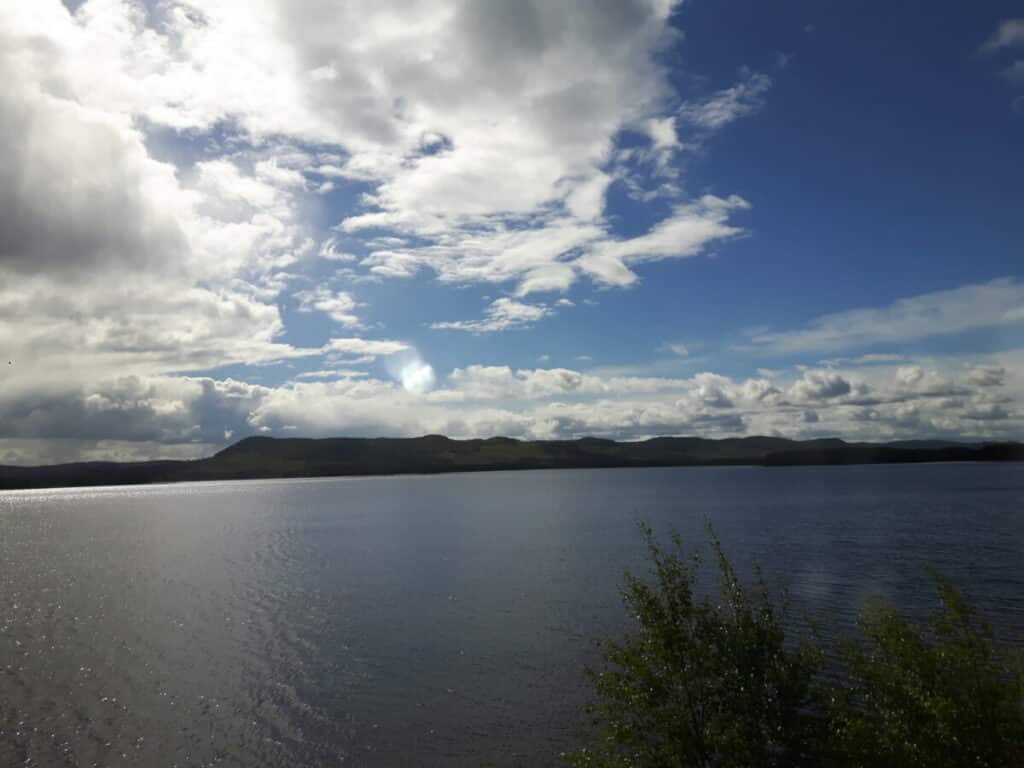
Grillplats
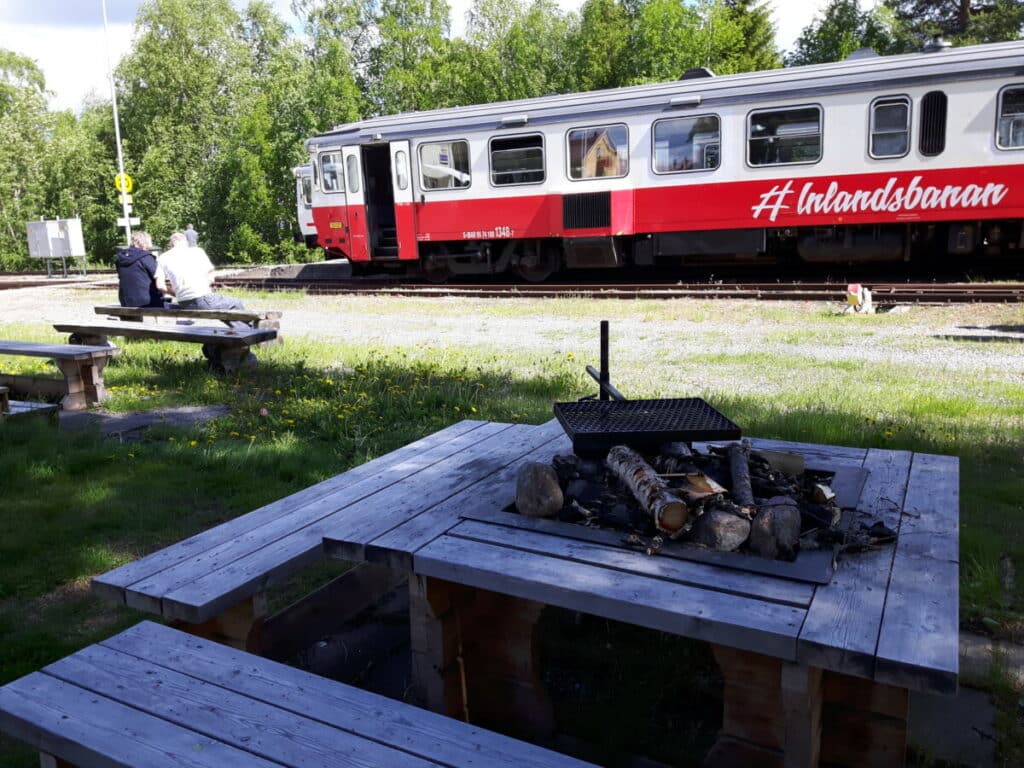
The Swedes are champions when it comes to barbecuing. Near every picnic area you will find a public barbecue or grill. These are exceptionally well maintained. It goes without saying that you should also leave the area tidy after use.
A short stop is also on the program in Hoting. Here you can see an old locomotive. Less than a thousand people live in the village.
Storuman
The Storuman station building was built in 1923. It has been a UNESCO World Heritage Site since 1986. Storuman has a somewhat older population. 25-30% of the inhabitants are over 65. In Lapland, medical assistance is sometimes a bit further away. Storuman has a medical center. It would become a training center for medical care in remote areas for both Swedish and foreign doctors.
TV viewing tip: when I watched a new program on SVT Play a few weeks ago, the name of the village sounded familiar to me. Anyone who speaks a word of Swedish should definitely take a look at Storuman Forever. It is about 2 top athletes from the village who want to convince the rest of the village to live more environmentally friendly.
Vindelälven
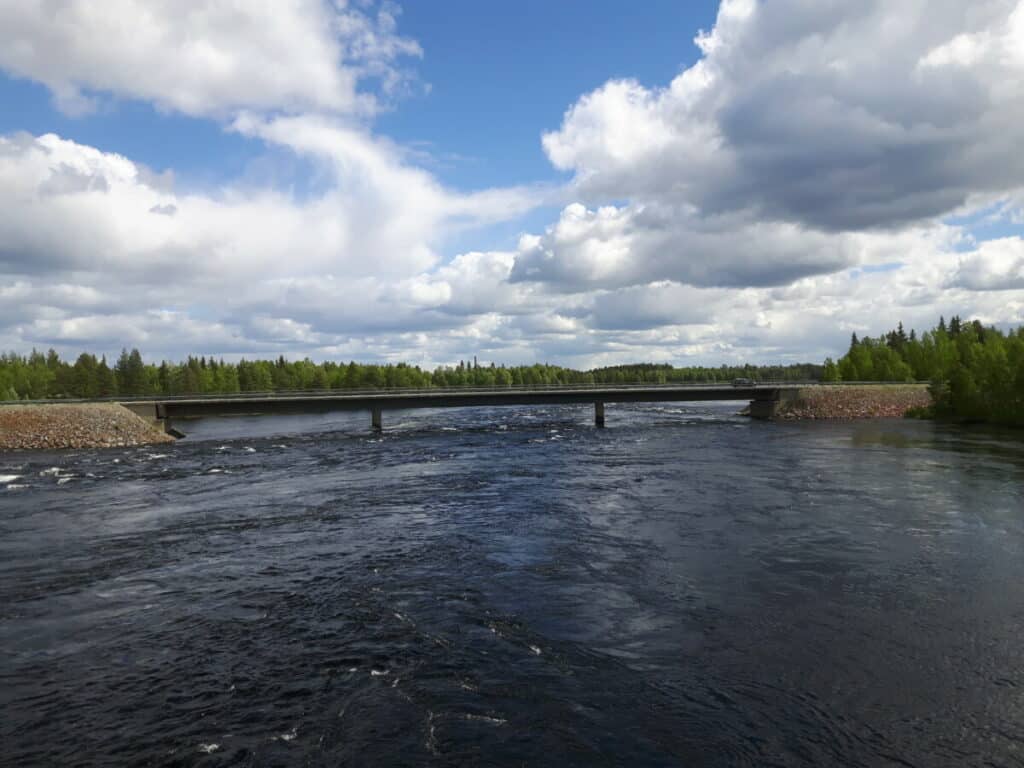
A little further the train goes over Vindelälven. A lot of water flowed through the river. This was because all the ice and snow from the mountains was melting and making its way down the river. Swedish composer Evert Taube wrote a song after seeing the Vindeälven. One of the largest nature reserves in Europe is located here. The famous Kungsleden also passes here.
Tip: you have the most spectacular view if you take a seat on the left side of the train.
Onboard Inlandsbanan
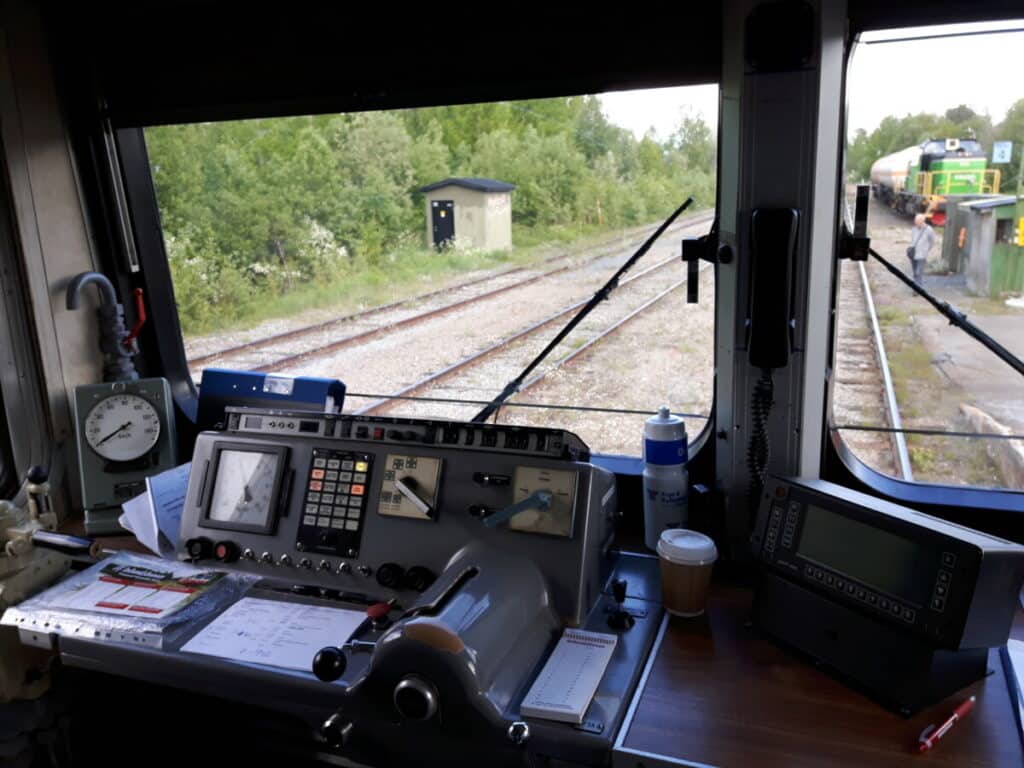
On simple request, you can take a look in the front of the train. By the way, nothing is too much for the staff on board Inlandsbanan. We had 2 guides on board who provided us with anecdotes, bits of history and expert explanations about what we saw through our window. You can also go to them to buy drinks, fika or even souvenirs. They can also help you book accommodation or point out cool places to camp. The conductor was also very customer-oriented.
Sorsele
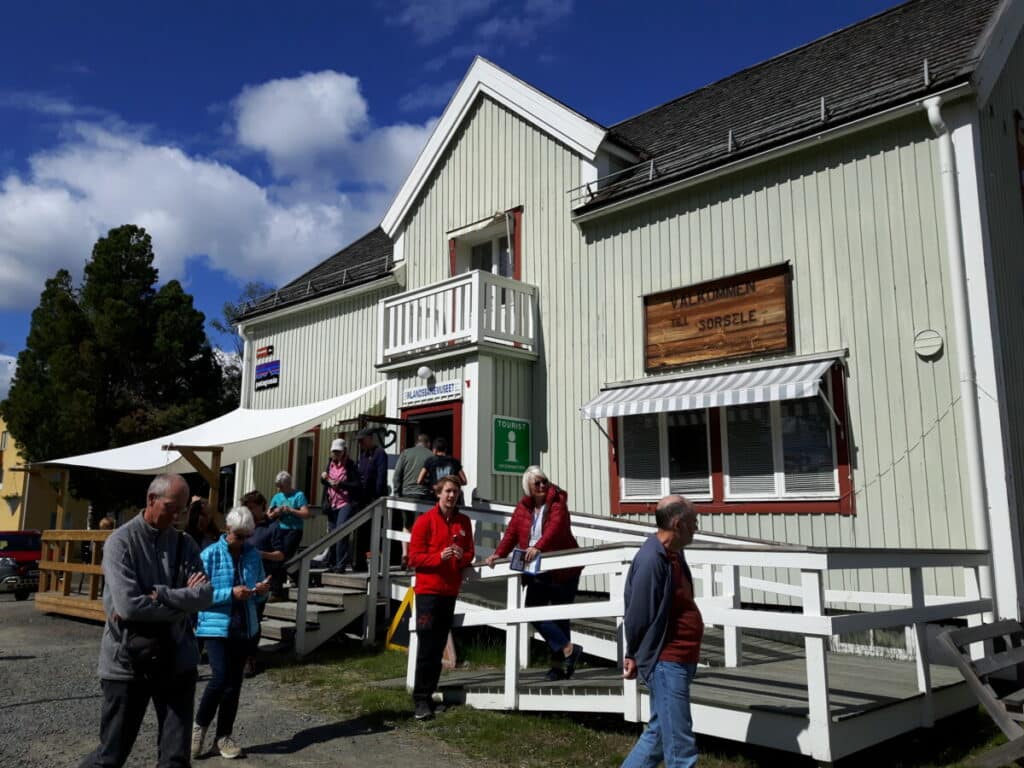
In Sorsele there is a museum in the station building: the Inlandsbanemuseum. I visited that on the way back. Sorsele has 2500 inhabitants. Yet there are 29 different nationalities in this municipality. The majority are Germans and in recent years a lot of refugees have also followed an integration programme.
In my notes I read that apparently we also saw 2 cranes here. I did remember that we had to stop the train because there was a herd of reindeer on the road.
The next stop of Inlandsbanan between Östersund and Gällivare was Arvidsjaur. About 10,000 reindeer live in and around the 3 sami villages here. The train changes direction here. A little further we drive over a 90 meter long bridge over the river Piteälv. This is a fast-flowing river of about 400 km that flows into Norway. The bridge was built between 1933 and 1935 and is a combined car/train bridge.
The Arctic Circle
We approached Inlandsbanan’s most photographed spot: the Arctic Circle. To be fair, the guides do say that the real Arctic Circle is a few hundred meters away. The many tourists (including me) opt for a photo at the sign or at the stones that indicate the Arctic Circle.
The sun does not set above the Arctic Circle in summer. In the winter months it is reversed for several weeks and the sun does not rise above the horizon. Nice to know: as a passenger of Inlandsbanan, when you cross the Arctic Circle, you will receive a (free) certificate that you have to fill in yourself. A nice keepsake. For me it was already the third time that I was above the Arctic Circle. The first time was in Norway, when I went diving on the wreck of the Belgica near Harstad. After that I was in Rovaniemi for work. So this time with Inlandsbanan between Östersund and Gällivare was the first time in Sweden.
Vaikijaur
Between the Arctic Circle and Jokkmokk, the little red train runs through the railway’s only tunnel. Vajkijaur is a part of Jokkmokk. Here the train has a fairly long stop. Ideal for exploring around the lake of the same name.
There are information boards by the water about Laponia and the Sami. Some barbecue areas are provided. When we were there there was a strong wind. I had feared mosquitoes beforehand and had no fewer than 3 different anti-mosquito products with me, but I was lucky. The mosquitoes turned out to be a bit later that year and so I only got 1 mosquito bite of the whole trip and that was in Stockholm.
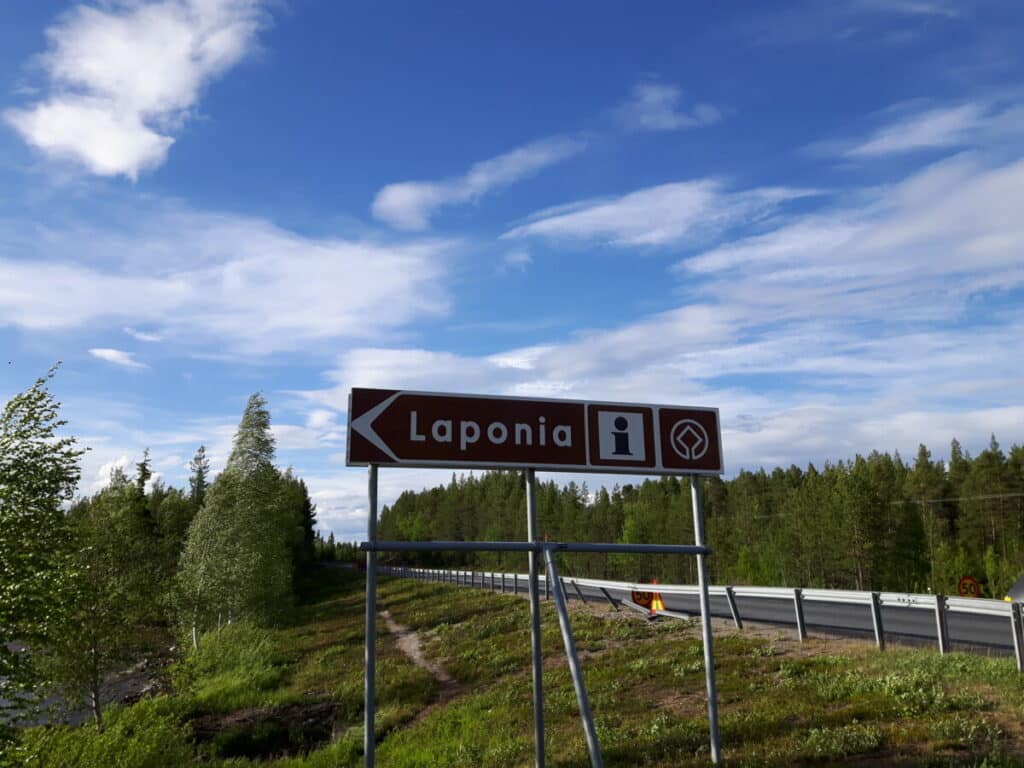
Highway 45 runs parallel to the Inlandsbanan. A few caravans were parked near the water. Mainly Swedish ones but I also spotted a Dutch number plate. Except for a few clouds, the sky had cleared up completely. It was really enjoyable!
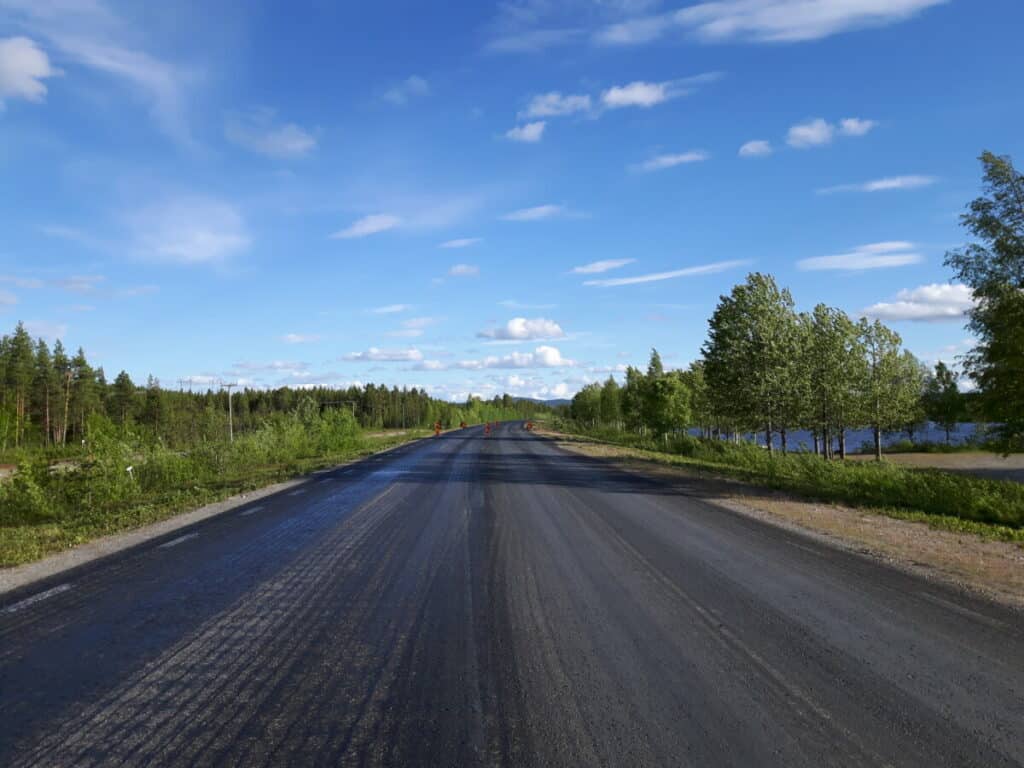
From Vaikijaur it went to Gällivare, the final destination of this train. Gällivare is the place where Max Burgare had its first branch. I stayed there at a hotel and at a camping.
From Gällivare I traveled on to Kiruna. I also spent a night in the ice hotel. I also did the return trip to Mora with Inlandsbanan. Fewer people travel south with Inlandsbanan. Still, the train ride is definitely worth it. You can read more about this in part 3.
More info and booking via their website.
Pin for later Inlandsbanan Östersund – Gällivare
